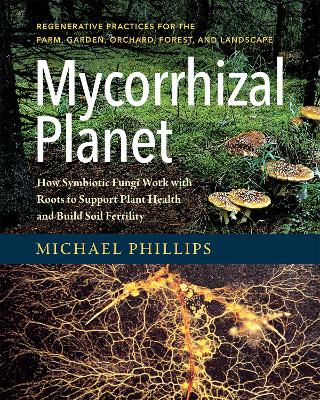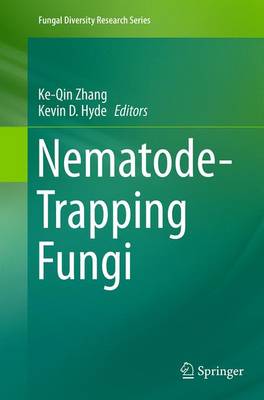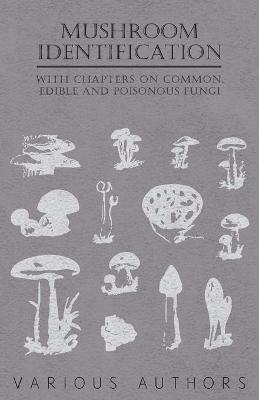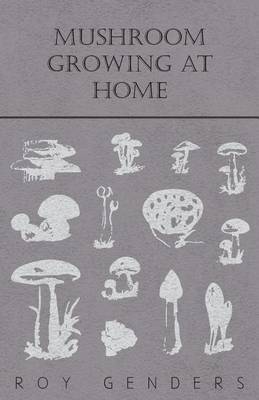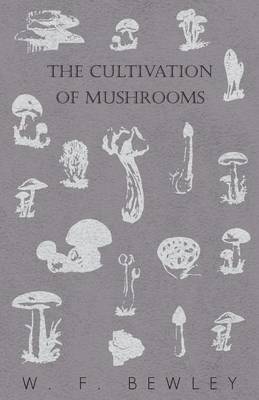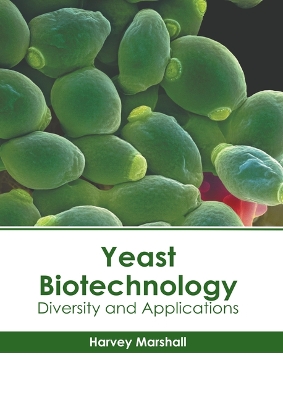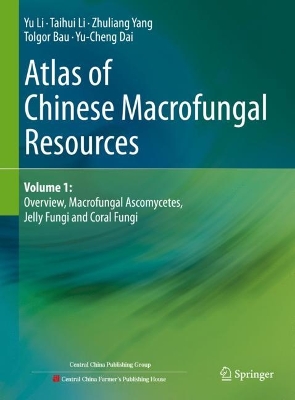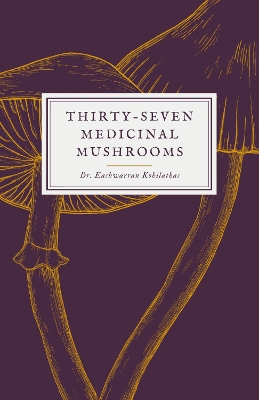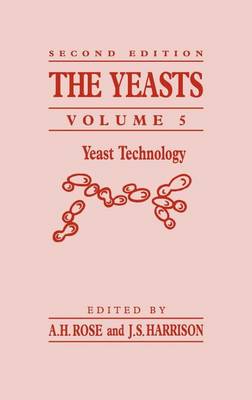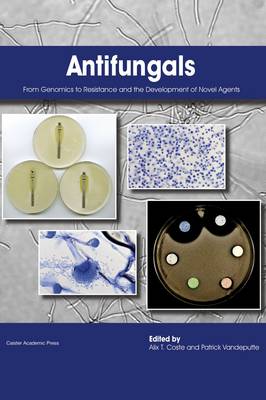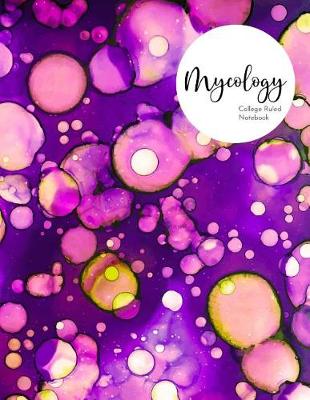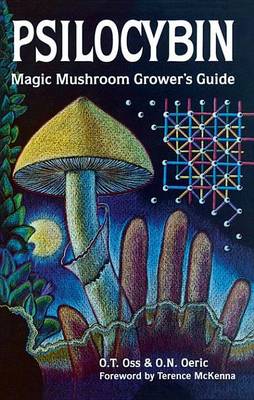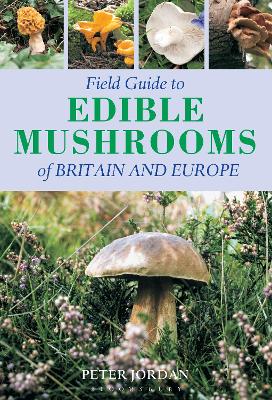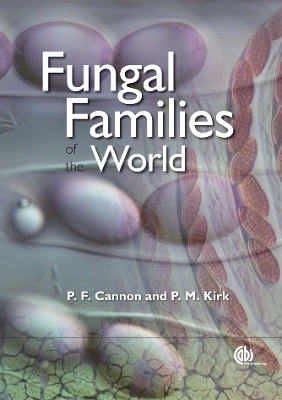Regenerative practices for the farm, garden, orchard, forest, and landscape Mycorrhizal fungi have been waiting a long time for people to recognize just how important they are to the making of dynamic soils. These microscopic organisms partner with the root systems of approximately 95 percent of the plants on Earth, and they sequester carbon in much more meaningful ways than human "carbon offsets" will ever achieve. Pick up a handful of old-growth forest soil and you are holding 26 miles of thr...
Nematode-Trapping Fungi (Fungal Diversity Research, #23)
These chapters provide up-to-date information on nematophagous fungi, particularly those of the Orbiliaceae in Ascomycota, whose asexual states produce nematode-trapping devices. The authors consider fungal-nematode interactions, fossil fungi, the biodiversity, ecology and geographical distribution of nematode-trapping fungi, and their potential use in biocontrol of nematodes, all in detail. Nematode-trapping fungi with adhesive or mechanical hyphal traps are the main focus of this book which b...
Distinctive gilled fungi
by Geoffrey Kibby, Stephen Docker, and Rebecca Farley-Brown
Guide to the Use of Terms in Plant Pathology (Phytopathological Paper)
Mushroom Identification - With Chapters on Common, Edible and Poisonous Fungi
by Various
Atlas of Chinese Macrofungal Resources
by Yu Li, Taihui Li, Zhuliang Yang, Tolgor Bau, and Yucheng Dai
This book is part of the 4-volumes collection of Atlas of Chinese Macrofungal Resources . This atlas documented 1819 species (or varieties) in 509 genera of macrofungi known from China, which are, according to their morphological characteristics, practically divided into 10 groups, including 196 larger ascomycetes, 21 jelly fungi, 47 coral fungi, 637 polyporoid, hydnaceous and lephoroid fungi, 11 cantharelloid fungi, 653 agarics, 130 boletes, 75 gasteroid fungi, 16 larger pathogenic fungi on cro...
Fungal Ecology and Botechnology
Fungal Allergy and Pathogenicity
by Michael Breitenbach, Reto Crameri, and Samuel B Lehrer
This classic series covers the complete biology and biochemistry of the yeasts in six volumes. Volume 5 addresses the major areas of yeast technology relevant to the food, pharmaceutical, and biotechnology industries.
The Tinder Fungus and the secret of the GFP-Complex
by Liudmila Kalitukha
Meliolaceae and Asterinaceae of the Shimba Hills, Kenya (Mycological Paper, #174)
by R.K. Mibey and D. L. Hawksworth
Field Guide to Edible Mushrooms of Britain and Europe is an invaluable source of information and advice on when and where to look for edible fungi throughout Europe. It features over 65 of the very best edible mushroom species and 30 poisonous confusion species for extra safety. A clear summary for each species provides information on edibility, habitat, season, size and key identification features. The book is fully illustrated with over 200 superb species photographs, shot in situ using natu...
Fungal Families of the World
Fungal Families of the World portrays the immense diversity of the Kingdom Fungi. As well as basic information on all currently recognised families, detailed entries are provided on over 250 key families, describing their morphology, ecology, phylogeny, distribution and economic significance. Key Features:" 536 fungal families included, some published in 2007" New A4 format" Nearly 900 full colour illustrations" Carefully selected references to aid further reading
